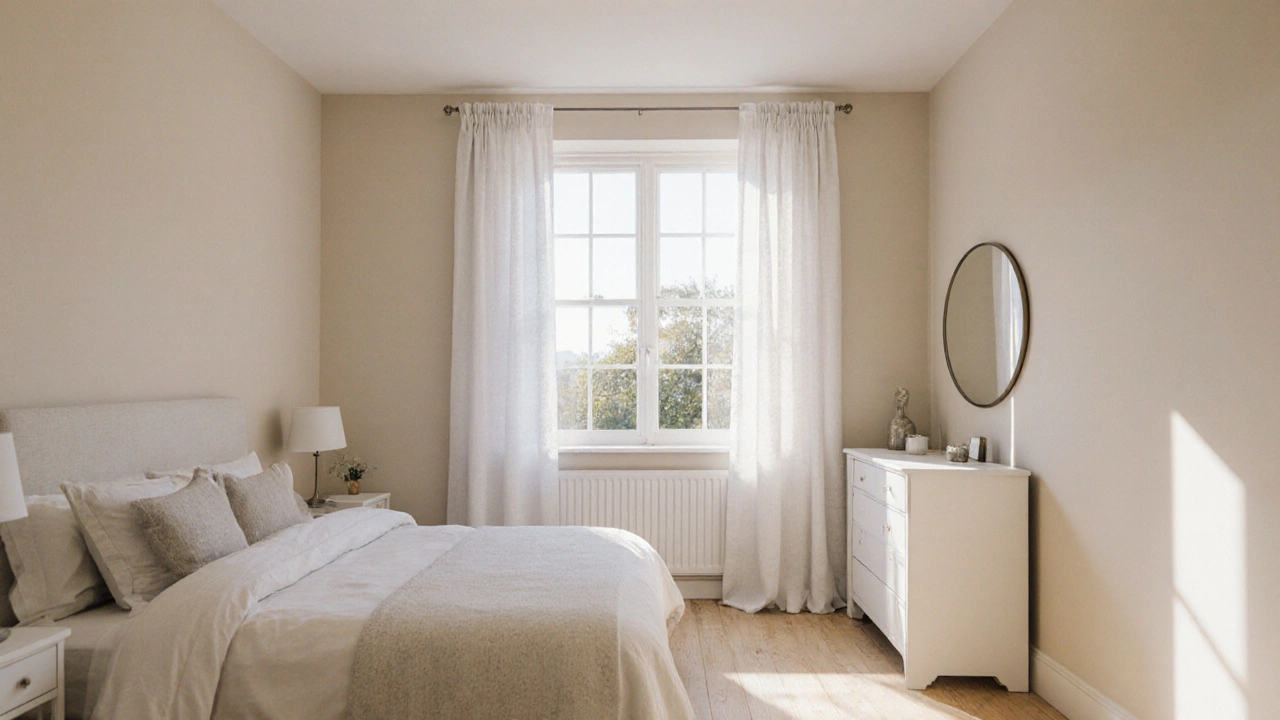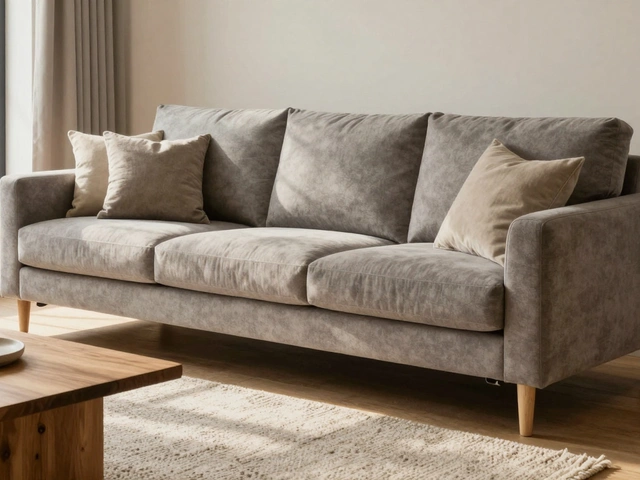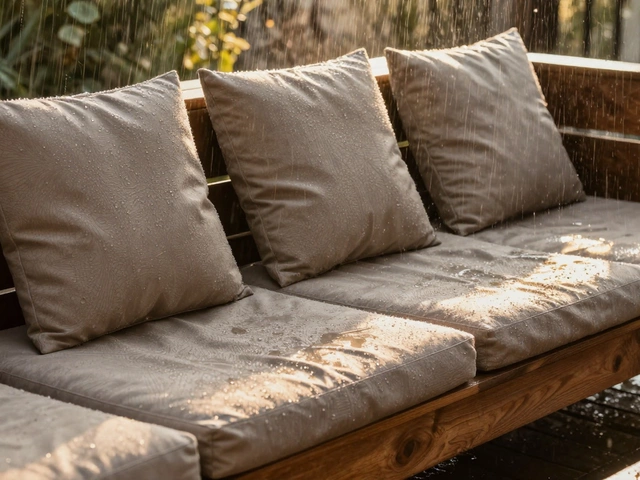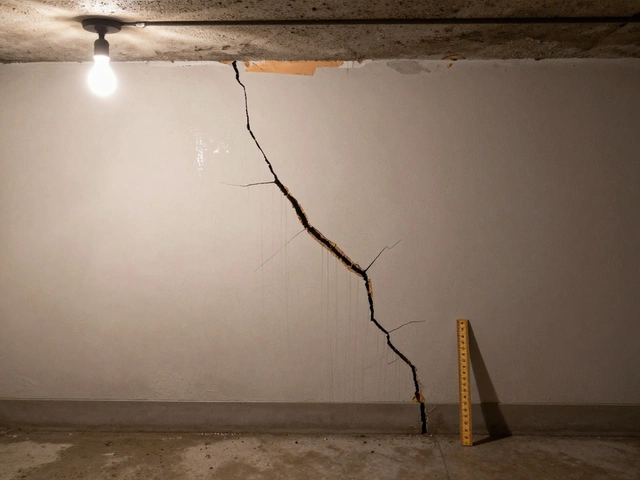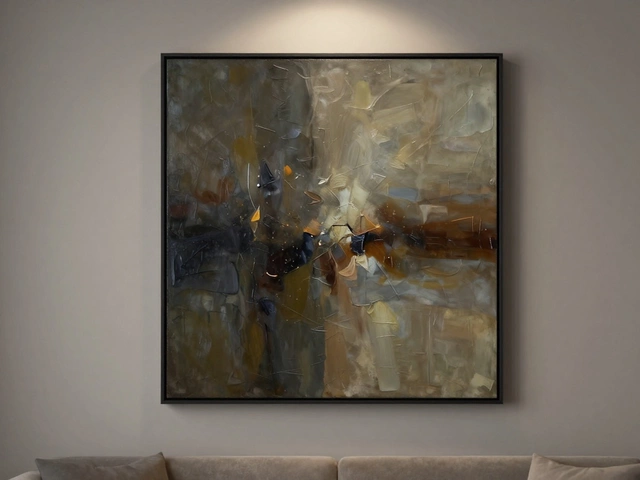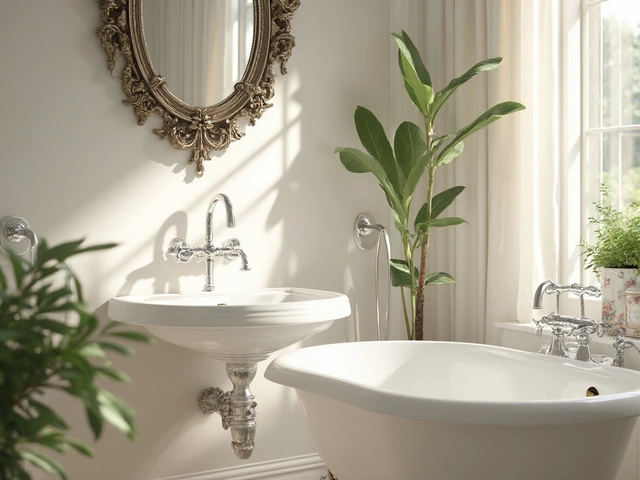Curtain Color Recommendation Tool
Find Your Perfect Curtain Color
Get personalized recommendations based on your room type, lighting conditions, style preferences, and color tone.
Recommended Color
Choosing the right curtain colors can instantly enlarge a room without moving a single piece of furniture. In this guide we break down why hue matters, which shades work best, and how to pair them with lighting and décor so even the coziest space feels open.
Why Color Influences Perceived Space
Curtain colors the hues you select for window dressings that affect how we see a room act like a visual lens. Light, reflective tones bounce sunlight and artificial light deeper into the room, creating a sense of continuity between walls, floor, and ceiling. Dark, saturated shades absorb light, which can make walls feel closer together.
Research in environmental psychology shows that high‑contrast edges draw the eye, while soft gradients encourage the eye to wander, expanding the visual field. This principle matters especially in small bedrooms, home offices, or narrow hallways where every inch counts.
Top Curtain Colors That Expand a Space
Below is a quick reference of the most effective shades, followed by a deeper dive into each one.
| Color | Light Reflection | Typical Mood | Best Room Types |
|---|---|---|---|
| White | High - reflects most natural light | Clean, airy | Bedrooms, kitchens, bathrooms |
| Beige | Medium‑high - warm reflectivity | Cozy, inviting | Living rooms, study areas |
| Pastel Blue | Medium - subtle cool tone | Calm, serene | Nurseries, guest rooms |
| Light Gray | Medium - neutral bounce | Modern, sophisticated | Home offices, lofts |
White - The Ultimate Space‑Stretching Shade
White a high‑reflectivity hue that maximizes natural and artificial light works like a blank canvas. Pair white curtains with sheer lining to keep privacy while still letting daylight stream through.
- Use plain cotton or linen for a relaxed vibe.
- Combine with light‑colored walls for seamless flow.
- Add a pop of color elsewhere (pillows, artwork) to avoid a sterile look.
Beige - Warm Neutral That Adds Depth
Beige a warm, earth‑tone that reflects light gently while adding coziness is perfect when you want a soft glow without the starkness of pure white.
- Choose linen or lightweight cotton for a breezy drape.
- Match with wooden flooring or light‑tone furniture for continuity.
- Layer with a subtle patterned sheer for texture.
Pastel Blue - Cool Calm That Opens Up
Pastel blue a soft, cool hue that creates a tranquil atmosphere while keeping the room bright works especially well in rooms with limited window space.
- Pair with white or light‑gray walls to maintain the airy feel.
- Use sheer white under‑liners to keep the color from looking too saturated.
- Combine with natural wood accents for a balanced, beach‑y vibe.
Light Gray - Modern, Versatile, Light‑Reflective
Light gray a neutral tone that reflects light while offering a contemporary look is a go‑to for urban lofts and minimalist homes.
- Opt for a smooth polyester blend for crisp folds.
- Contrast with dark hardware (brackets, rods) for subtle drama.
- Mix with metallic accents (brass, chrome) to keep the space from feeling flat.
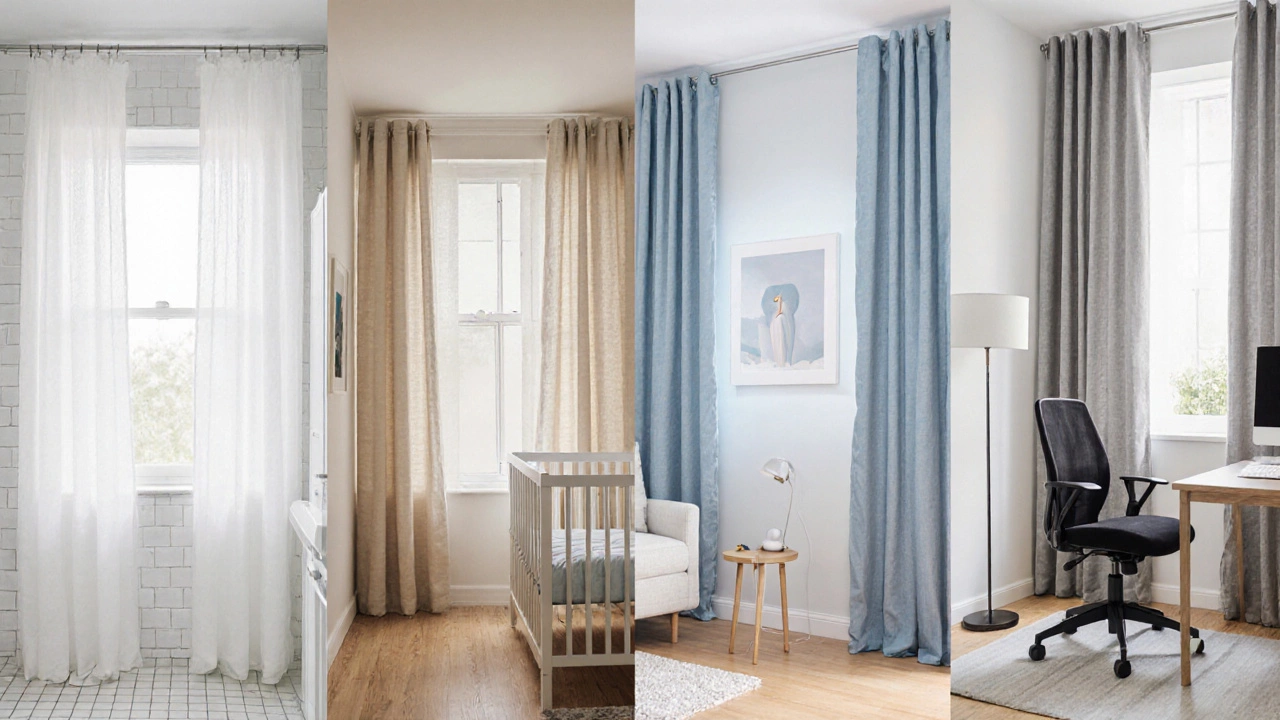
How to Pair Curtain Colors With Other Design Elements
Color alone won’t do the trick if the rest of the room fights the illusion. Here are three key partners:
Natural Light - The Greatest Amplifier
Natural light sunlight entering through windows that brightens and enlarges interior spaces is your best friend. Position mirrors opposite windows, keep window sills clear, and choose light‑transparent fabrics to let daylight flow.
Mirrored Surfaces - Bounce‑Back Boost
Mirrored surfaces reflective furnishings that multiply light and visual depth such as a console table with a glass top or a decorative wall mirror can double the perceived width of a narrow room.
Flooring & Furniture - Keep the Palette Cohesive
Stick to a limited color family. Light wood floors, pale rugs, and neutral‑tone sofas let the curtains do the heavy lifting. If you introduce a bold accent (like a navy armchair), keep it to a single focal point so the room stays airy.
Common Pitfalls & Pro Tips
- Pitfall: Using heavy, dark drapes in a tiny bedroom. Pro tip: Swap for a sheer white layer plus a light‑gray blackout backing for privacy without shrinking the space.
- Pitfall: Over‑matching curtains to wall color, which can flatten the room. Pro tip: Choose a shade a few tones lighter than the wall for subtle contrast.
- Pitfall: Ignoring hardware finish. Pro tip: Brass or chrome rods add visual lift; avoid matte black in bright, small rooms.
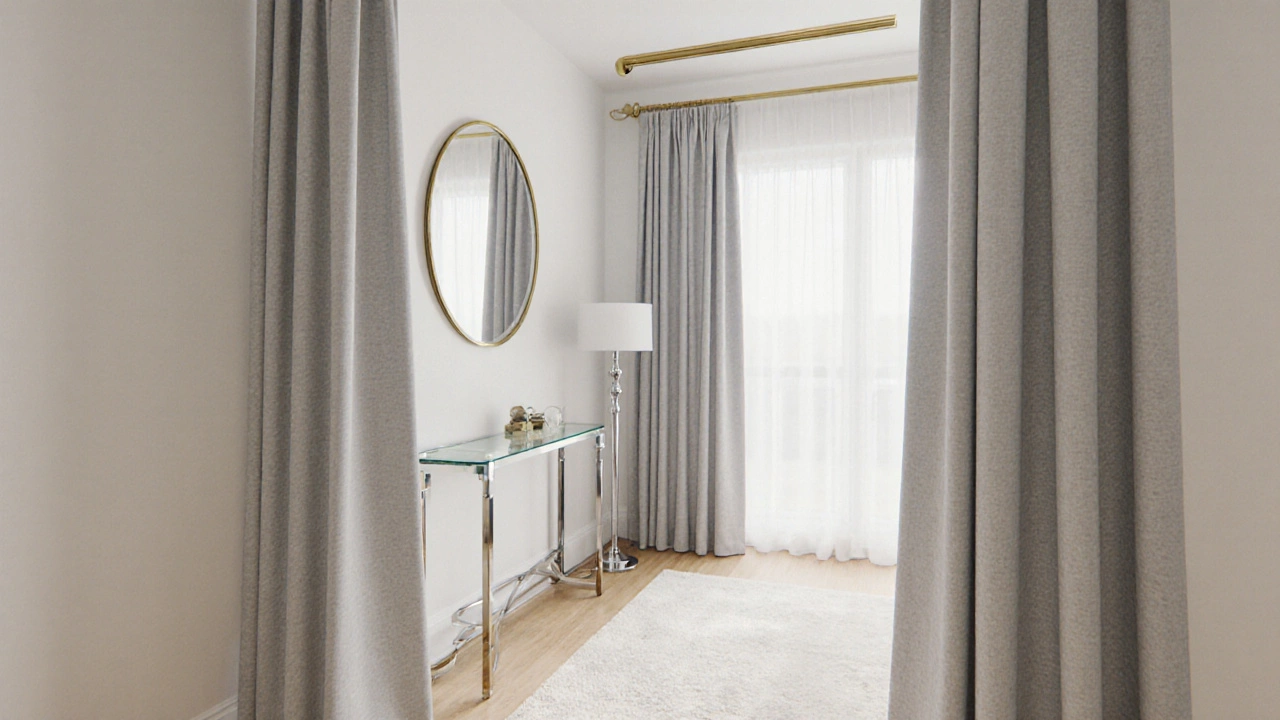
Key Takeaways
- Light‑reflective hues-white, beige, pastel blue, light gray-expand visual space.
- Pair with ample natural light, mirrors, and cohesive flooring for maximum effect.
- Use sheer fabrics and layered curtains to keep privacy without sacrificing brightness.
- Avoid dark, heavy drapes in small rooms; opt for lighter, breathable materials.
- Fine‑tune hardware and accents to complement, not compete with, your chosen curtain color.
Frequently Asked Questions
Do dark curtains ever work in a small room?
Yes, but only if you balance them with strong light sources, reflective surfaces, and a light‑colored ceiling. A dark top‑down shade can add drama while a light lining keeps the room from feeling cramped.
Should I choose sheer curtains or full‑length drapes?
Sheer curtains let daylight diffuse, which is ideal for a space‑making effect. Full‑length drapes work well when layered over sheers for privacy at night while still preserving daytime brightness.
Can patterned curtains still make a room look bigger?
Small‑scale, tonal patterns (like a subtle stripe or faint botanical print) can add interest without breaking the visual flow. Avoid large, high‑contrast designs which can fragment the space.
What fabric is best for light‑reflective curtains?
Cotton, linen, and lightweight polyester blends all reflect well. If you need blackout, choose a light‑colored backing rather than a dark fabric.
How high should I hang curtains to maximize height?
Install the rod close to the ceiling-about 1-2 inches below-so the curtains create an uninterrupted vertical line. This trick adds up to several inches to the perceived ceiling height.
